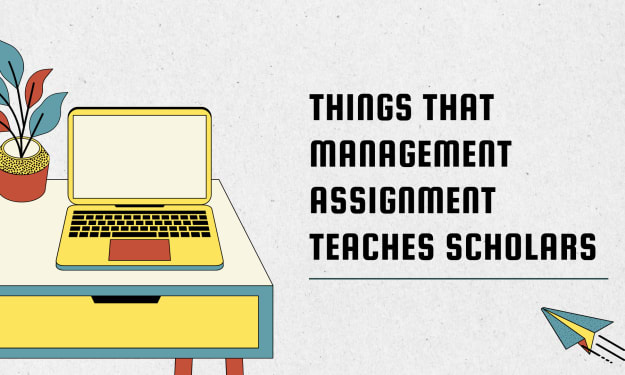How to become an User Experience (UX) Designer in 2023?
A practical guide to become an UX Designer

What is UX design?
UX design stands for User Experience design, which is a design process that focuses on the end-user's overall experience with a product, system or service. The goal of UX design is to create products that are both functional and enjoyable to use, with a focus on enhancing the satisfaction, engagement and loyalty of the target audience.
The UX design process involves various research, design, testing and iteration steps, and incorporates various design disciplines, including interaction design, information architecture, visual design, and user research. UX designers work to understand the user's needs, behaviors and motivations, and use that information to inform the design of products that meet those needs and provide a satisfying experience. The end result is a product that is not only aesthetically pleasing, but also intuitive and easy to use, and supports the user's goals and tasks effectively.
Becoming an User Experience (UX) Designer involves acquiring certain skills and gaining experience in the field.
Here are the five steps you can follow to become a UX Designer:
1. Educate Yourself
Start by gaining a solid understanding of the principles of UX design, including user-centered design processes, user research methods, and design software such as Sketch, Figma, and Adobe Creative Suite. You can take online courses, such as those offered by Coursera, Udemy, and LinkedIn Learning, and read books and articles on the subject. Attending workshops and events is another way to learn about the field and make connections with other designers.
2. Gain Experience
Building a portfolio is key to landing a job as a UX Designer. You can start by taking on personal projects or contributing to open-source projects. You can also participate in design challenges, offer your services for free to non-profit organizations, or work on side projects for friends and family. The more projects you have in your portfolio, the more you will be able to demonstrate your design skills and process.
3. Network
Attending local design events, joining online design communities, and attending industry conferences and workshops can help you stay up-to-date on the latest design trends and techniques and make connections with other designers. These connections can be valuable when it comes time to find a job.
4. Improve Your Skills
Becoming a UX Designer is a continuous learning process. You should be continually looking for opportunities to improve your skills and expand your knowledge. Consider obtaining a certification in UX design, such as those offered by the Interaction Design Foundation or the Nielsen Norman Group, or obtaining a degree in a related field such as interaction design or human-computer interaction.
5. Apply For Jobs
Once you have built a strong portfolio and gained relevant experience, you can start applying for UX design jobs. Be prepared to showcase your work, explain your design process, and discuss the challenges and solutions you encountered during your projects. Networking can also be helpful in finding job opportunities, as many UX design positions are filled through personal referrals.
Scope for UX Designers in 2023
There is a growing demand for UX designers across various industries. Companies are recognizing the importance of creating user-centered digital products and are investing more resources in the design process.
This trend is expected to continue in the future, as technology continues to play an increasingly central role in our lives. The demand for UX designers will likely be further fueled by the growing field of wearable technology and the Internet of Things, which are creating new opportunities for designing user experiences.
In terms of real-world hiring situations, UX designers are typically hired by technology companies, consultancies, and design agencies. However, many other types of organizations, including financial services, healthcare, and retail companies, are also starting to invest in UX design and are hiring designers to help them create better digital products and experiences.
UX designers are often required to have a strong portfolio demonstrating their design skills and process, as well as the ability to communicate their ideas effectively. They may also be required to have a background in a related field such as psychology, human-computer interaction, or graphic design.
As the field of UX design continues to grow and evolve, it's likely that new opportunities will emerge, and the skills required of UX designers will change. However, the fundamental focus on creating user-centered designs that meet the needs of users will likely remain a key aspect of the field.
Conclusion
Remember, the road to becoming a UX Designer can be long and challenging, but if you have a passion for solving problems and creating great user experiences, it can be a highly rewarding career.






Comments
There are no comments for this story
Be the first to respond and start the conversation.